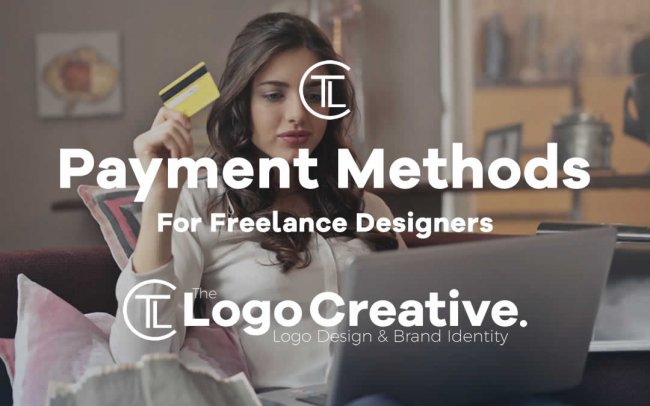One of the most overlooked areas for freelancers is how they get paid. It’s an important part of the experience from a customer’s point of view, and you should go out of your way to make it as easy as possible. We like to help freelance designers and those just starting out so, in this article, I will quickly go through the Payment Methods For Freelance Designers.
Table of Contents
Online Payment
The most common default for online payments is PayPal, so make sure you have it. It isn’t ideal to use based on the horror stories out there about freezing account balances. But it is easily the most common way for freelancers to get paid online, mainly due to their bias towards protecting the customer. Your client will probably feel safer using PayPal if their fairly tech savvy. I would also advise that the client pays any transaction fees on top of their payments as you don’t want this coming out of your pocket so to speak.
You can also set up a Paypal.me and send them a link to simplify the process it’s really simple to set up, and use. Basically, the link would be (paypal.me/username/amount in numbers eg- 3000)
Credit Cards Payments
Probably one of the hardest ways to get paid, due to the amount of suspicion credit card payments come under, for the amount of fraud that takes place with them online. Stripe is a great way to protect yourself from consumer fraud, and hopefully adds a bit of reassurance to any client that knows about them. They make it super easy to set up payments online, but you will probably need to use a 3rd party to set up the form — check out their website for integrations.
Direct Bank Transfer
Clients in the US will want to avoid bank transfers due to the high fees they incur. But bank transfer is one of the best ways to get paid as a freelancer, as there is no waiting period and usually no heavy fees from a receiver’s point of view. The only issue you may run into is currency exchange rates, and that’s why I’d recommend checking out TransferWise as their rates are superb and their experience from both sides of the transaction is pretty good, better than most banks.
Offline Payments
With local clients, you should be prepared and ok with accepting cash and cheques (but be wary with cheques you can refuse them it just depends who is giving you one!). After all, this is how most businesses operate and just because your a digital freelancer doesn’t mean you should exclude these types of payment. They’re a little more time consuming than every other way, but if that’s what your client wants then you should accommodate them.
Incentives
The primary reason you’re offering multiple ways to pay is to get paid quickly and efficiently. That’s why I would also offer incentives for early payment, that you can build into your margins. For example, if your typical payment terms are 30 days, you’re potentially losing out on 30 days of advertising budget to bring more work in. I used to offer a 10% discount for payment within 48 hours. Not everyone used it, but those that did appreciate it.
Why bother? Because the faster you get paid the more you can spend on advertising or marketing and bring in work faster. Optimising how you get paid can make a big difference to your cash flow over the long term. And poor cash flow can kill a fledgling freelance business.

